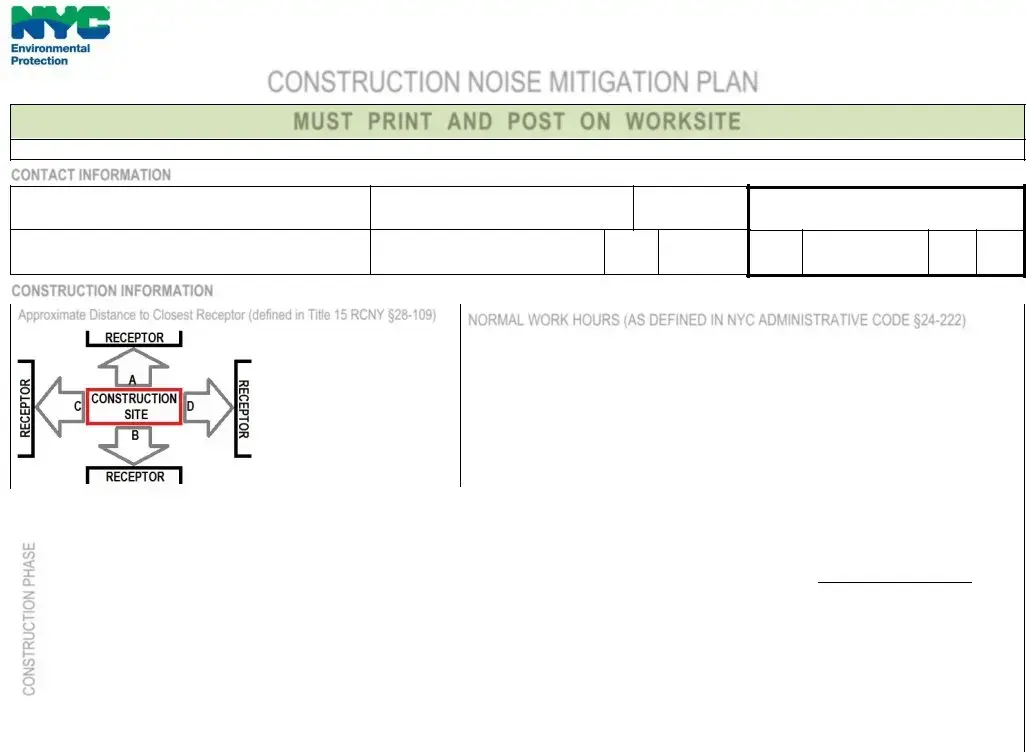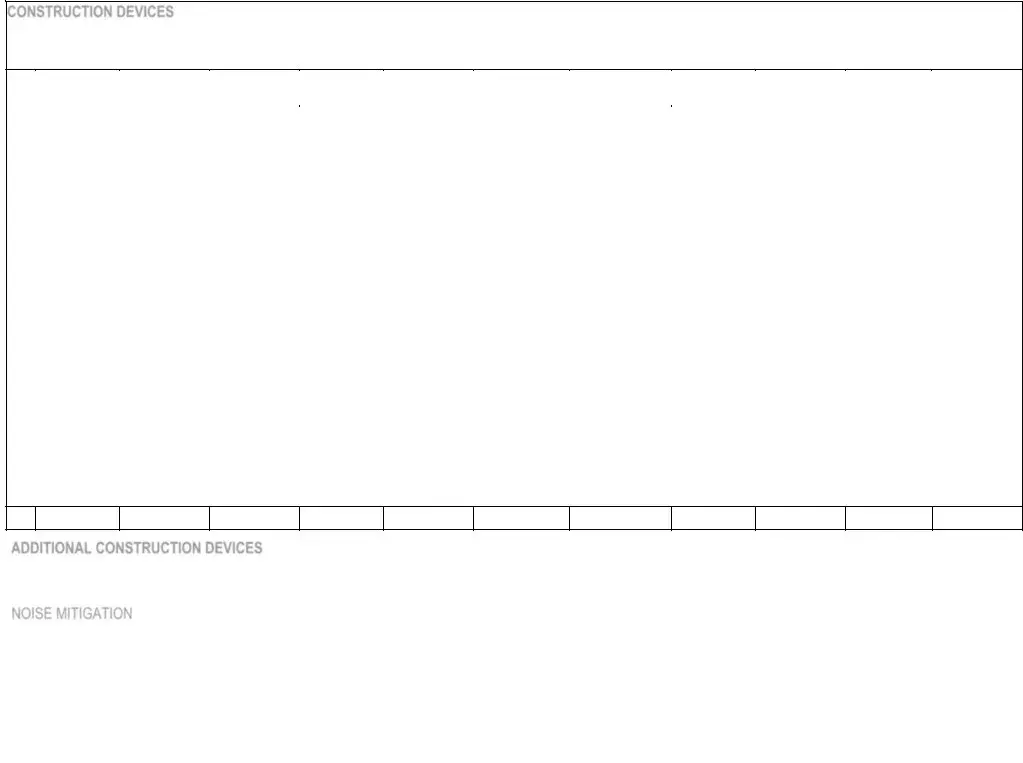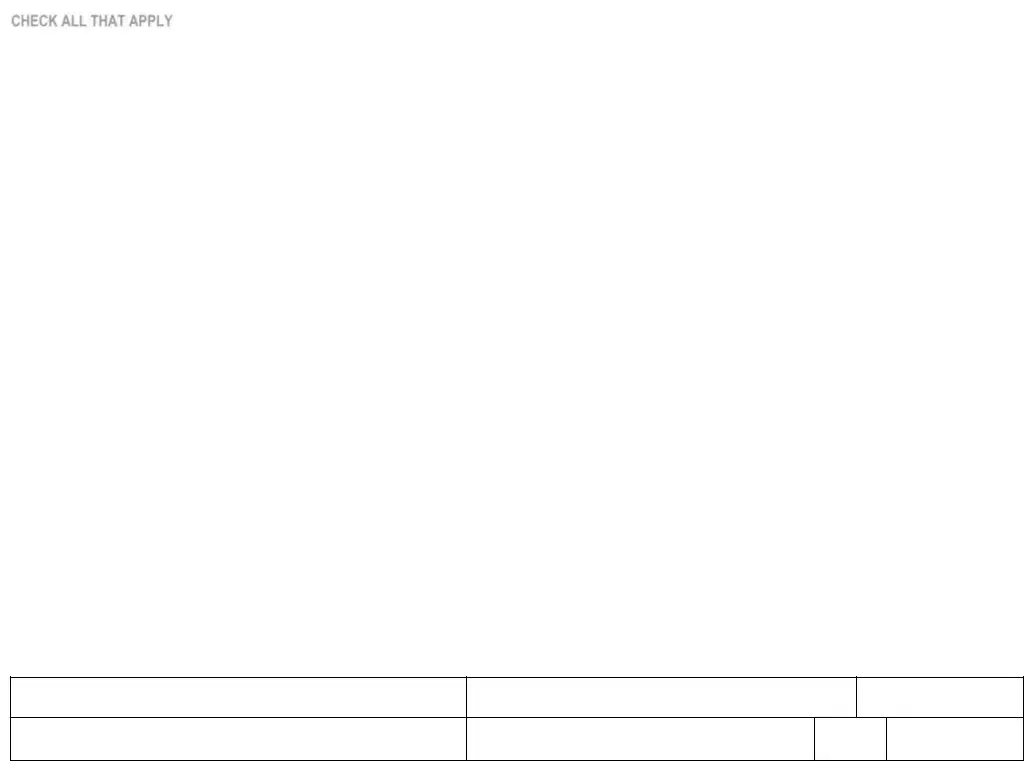The NYC Department of Environmental Protection’s (DEP) Construction Noise Mitigation Plan shares similarities with the Occupational Safety and Health Administration (OSHA) Noise Exposure Compliance Documents. These OSHA documents specify the measures and protocols required to protect workers from harmful noise levels on construction sites. Like the DEP plan, they emphasize the importance of implementing control measures to mitigate noise exposure, focusing on safeguarding individuals within the environment from potential hazards. Both sets of documents aim to regulate noise levels, albeit with a different primary focus; the DEP plan prioritizes community impact while OSHA concentrates on worker safety.
Environmental Impact Statements (EIS) prepared for construction projects bear resemblance to the DEP Noise Mitigation Plan, focusing on assessing and mitigating adverse environmental impacts. EIS documents evaluate various environmental parameters, including noise pollution, to forecast the potential impact of proposed construction work. Similarly, the DEP plan specifically tackles the aspect of noise pollution by detailing mitigation strategies to minimize noise levels, hence acting as a specialized fragment of the broader environmental assessments commonly found within EIS documentation.
Construction Safety Plan documents, which outline the safety measures and protocols to ensure a construction site's safety, have parallels with the DEP Noise Mitigation Plan concerning their preventive nature. While Construction Safety Plans encompass a broad range of safety considerations — from personal protective equipment to emergency procedures — the DEP’s Noise Mitigation Plan zooms in on noise as a specific safety and health concern, detailing the equipment and barriers necessary to mitigate noise levels during construction. Both documents contribute to creating safer construction environments, directly impacting the well-being of workers and nearby populations.
The City Planning Commission’s (CPC) Land Use Application Procedures often require submissions akin to the DEP Noise Mitigation Plan. These procedures might mandate detailed reports on how a proposed project will adhere to local zoning and environmental regulations, including noise control. The DEP plan, therefore, can be seen as a component of the broader documentation needed for compliance with land use and planning regulations, focusing explicitly on mitigating construction noise as part of the project's approval process.
Building Codes and Regulation Compliance Documents share a commonality with the DEP Noise Mitigation Plan, particularly in their objective to ensure construction projects meet local and federal standards. Building codes include provisions to address various aspects of construction, including structural integrity, fire safety, and environmental impacts like noise pollution. The Noise Mitigation Plan specifically contributes to satisfying these regulations by demonstrating proactive steps taken to minimize noise disruption, thereby aligning with broader compliance efforts required by building codes.
The Hazardous Waste Management Plans, which detail methods for handling, storing, and disposing of hazardous materials on construction sites, resonate with the DEP’s plan through their emphasis on proactive environmental protection. Though focused on different environmental concerns, both documents underline the importance of planning and implementing specific strategies to mitigate adverse effects— with the DEP’s plan targeting noise pollution and the Hazardous Waste Management Plans addressing the safe management of hazardous materials.
Lastly, the Community Right-to-Know Documents, aimed at informing and protecting communities regarding chemical hazards, parallel the DEP Noise Mitigation Plan in their community-focused approach. Both aim to mitigate potential risks associated with construction activities, albeit in different arenas; the Right-to-Know Documents focus on hazardous chemical exposures, while the DEP plan addresses noise exposure. Through transparency and regulatory compliance, these documents empower communities by safeguarding their health and environmental quality.


